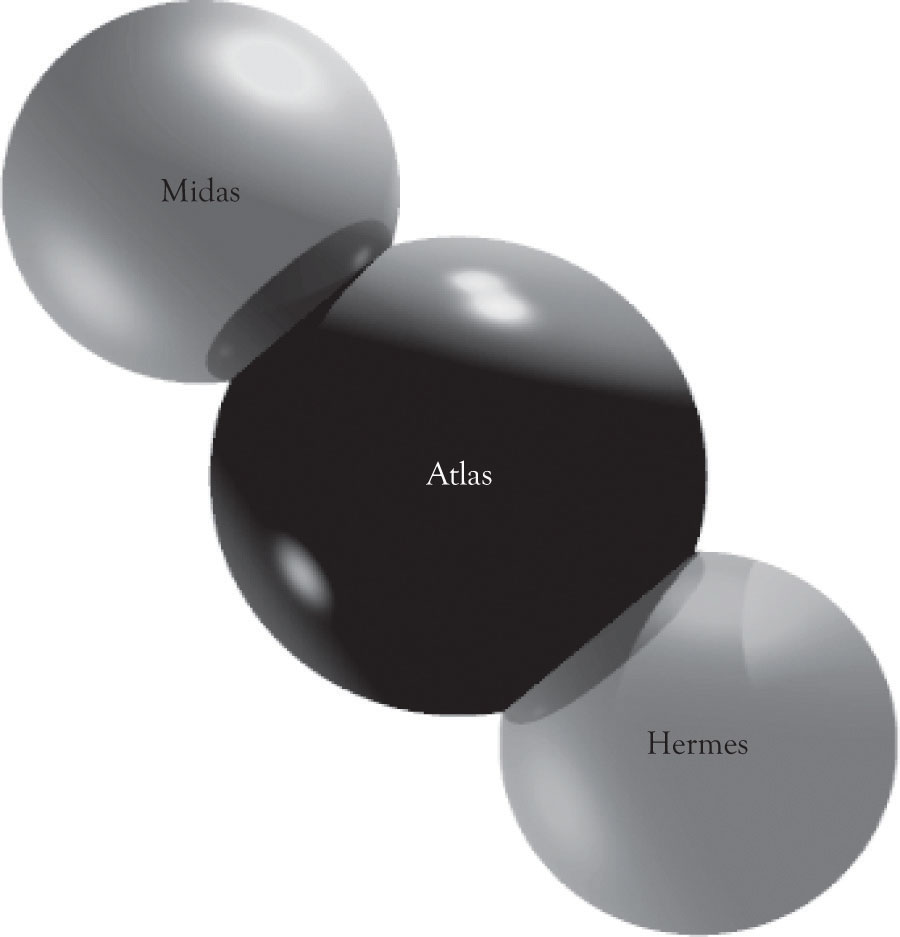This is “Examples of Product Differentiation & Versioning Curves”, chapter 5 from the book Creating Services and Products (v. 1.0). For details on it (including licensing), click here.
For more information on the source of this book, or why it is available for free, please see the project's home page. You can browse or download additional books there. To download a .zip file containing this book to use offline, simply click here.
Chapter 5 Examples of Product Differentiation & Versioning Curves

In this chapter, more examples of product differentiation and versioning curves are presented. As noted earlier, the purpose of the product differentiation curves (PD curves) or versioning curves is primarily conceptual. However, the underlining rationale behind the curves is to generate more revenue and to provide a foundation for conducting economic experiments on what features attract consumers. In essence, introducing multiple versions of a product permits a company to experiment and observe economic behavior in action. The company can monitor purchase behavior and determine which features and products consumers deem most desirable. Such experimentation is actually the most effective activity for conducting research and engaging in new product development. This chapter presents several examples of how versioning is being used for a variety of products and services.




